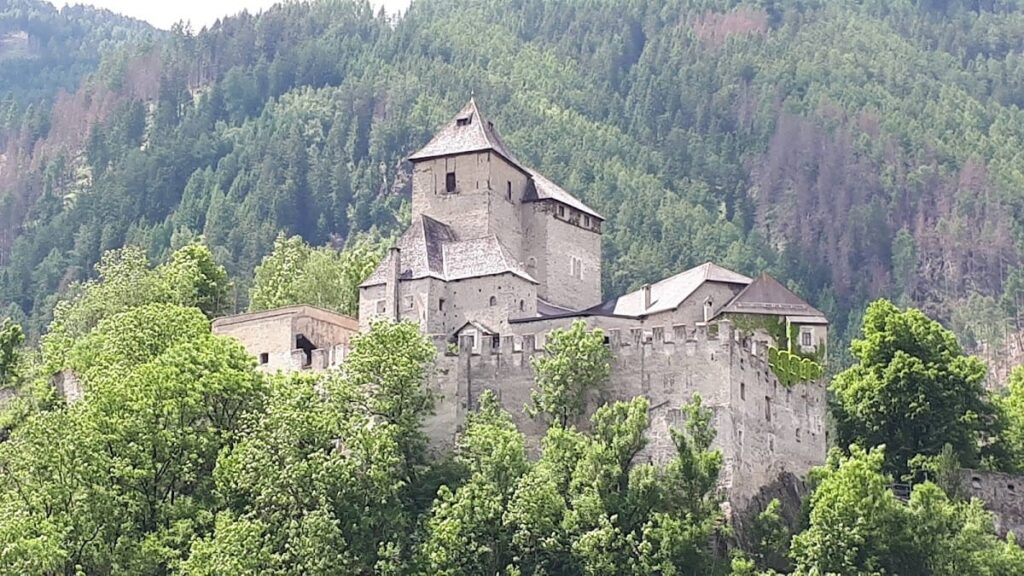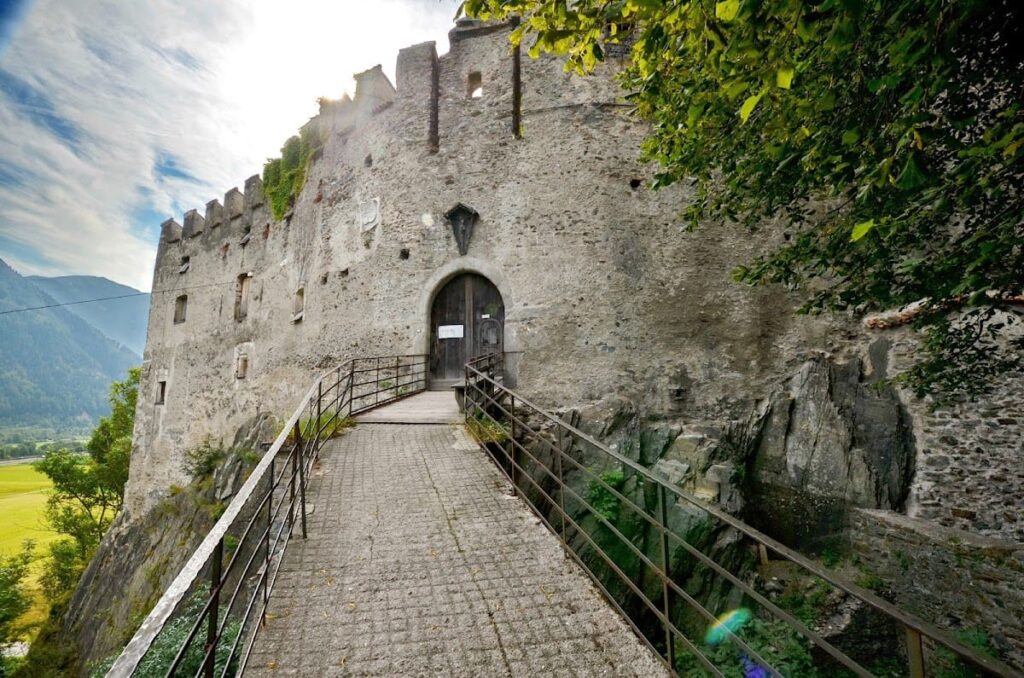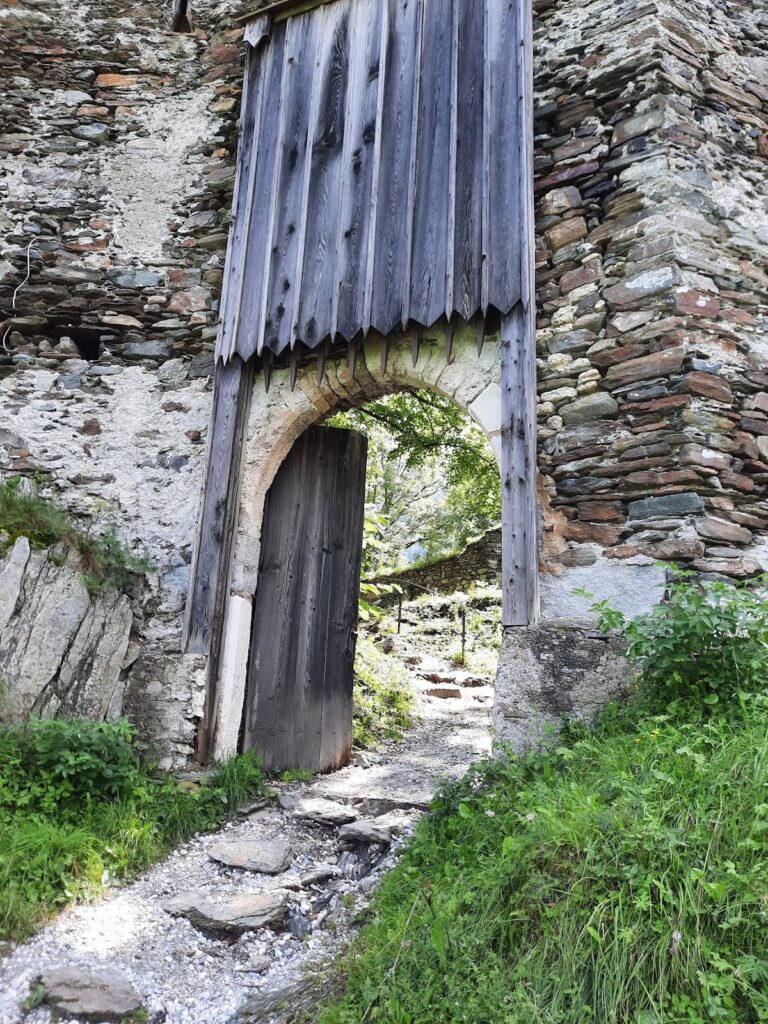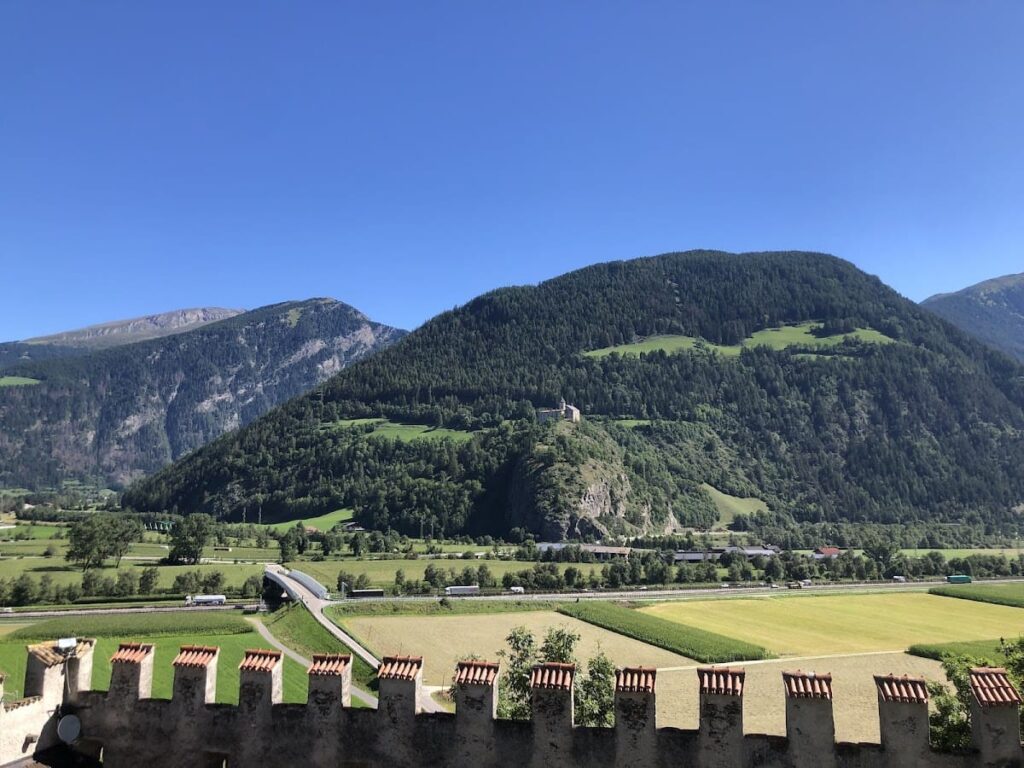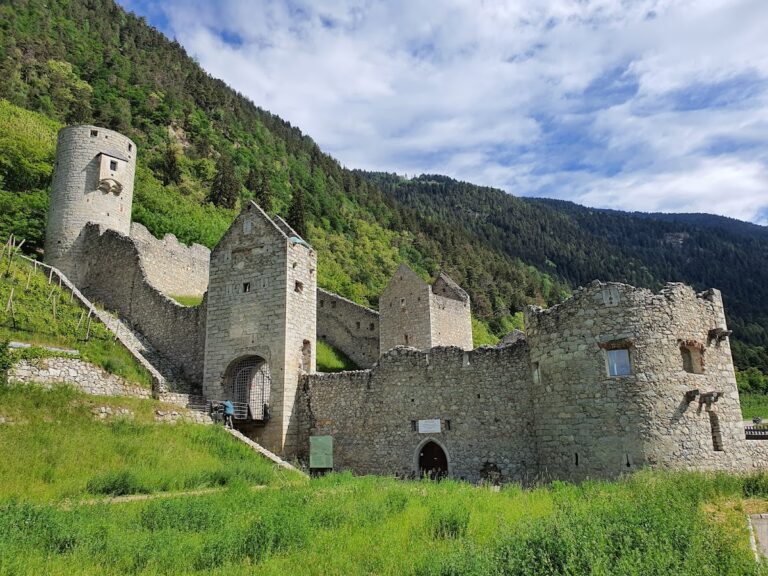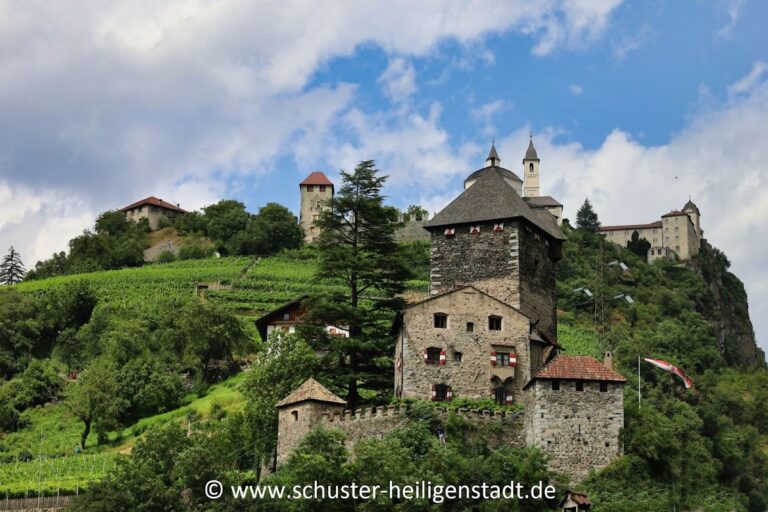Reifenstein Castle: A Medieval Fortress in South Tyrol, Italy
Visitor Information
Google Rating: 4.5
Popularity: Medium
Google Maps: View on Google Maps
Official Website: www.burgreifenstein.com
Country: Italy
Civilization: Medieval European
Remains: Military
History
Reifenstein Castle stands near Sterzing (Vipiteno) in South Tyrol, northern Italy. It was first recorded around 1100–1110 as a fief under the Bishopric of Brixen. The fortress was built by medieval builders, likely to control the nearby Alpine trade route and assert regional authority.
In its early history, the castle belonged to the minor noble family Stilfes-Reifenstein-Welsberg. During the early 12th century, ownership passed to the counts of Lechsgemünd. By the late 12th century, the Trautson knights held the castle, followed by the lords of Säben from the early 15th century. These transitions reflect the shifting control among local noble families over several centuries.
A significant change occurred in 1470 when Duke Sigismund of Austria sold Reifenstein Castle to the Teutonic Order, a military and religious organization. The Order expanded and strengthened the fortress, using it as a commandery for more than 300 years. Throughout this period, the castle remained intact and was never captured or destroyed in battle.
After the secularization of the Teutonic Order’s properties in 1813, the castle passed into the hands of the Thurn und Taxis family from Regensburg. This family still owns the castle today. In the 1930s, during Italianization policies, the castle’s name was changed to Castel Tasso, reflecting the Italian language.
Nearby archaeological discoveries include Bavarian wooden coffins dating from the 4th to 8th centuries near the St. Zeno chapel. These finds suggest the site had religious significance long before the castle was built, indicating an earlier sacred location.
Remains
Reifenstein Castle is built on a rocky hill about 30 meters high, overlooking the Wipptal valley at nearly 980 meters above sea level. The fortress controls a historic Alpine trade route and features a medieval stone construction typical of the region.
The central keep, or Bergfried, dates from the 12th century. It is a roughly square tower measuring about 9 by 8.5 meters, with walls 2.2 meters thick. Originally taller than its current 22 meters, the tower’s roof was replaced with a pyramid shape during restoration in 1899.
Next to the keep stands a large residential tower approximately 20 meters high and three stories tall. It measures 10.5 by 15 meters and connects to the main castle complex. This tower served as living quarters and is part of the castle’s core structure.
The castle includes a palace with ten restored rooms featuring medieval wooden interiors. Among these are 12th-century sleeping chambers for soldiers and servants, a 13th-century kitchen with an open fireplace, and a 12th-century great hall used as a chapter room. The great hall is decorated with late Gothic painted mountain pine panels. Another notable room, the “Green Hall,” contains late Gothic green frescoes and antique furnishings.
Defensive features include three concentric baileys, or outer wards. The innermost and main castle walls remain well preserved, while the outer two show signs of decay. The first bailey is protected by a rock-cut half-moat and a drawbridge at the main gate. The second bailey has a Gothic-style gate with a portcullis (a heavy grilled door), arrow slits, and partial battlements. A half-round tower at the northwest corner provided flanking fire to defend the walls.
Inside the tower’s cellar lies a dungeon about 8 meters deep. The castle also contains a courtroom and a wooden dansker, a projecting latrine, on the northwest wall. These features highlight the castle’s defensive and administrative functions.
The small St. Zeno chapel near the castle hill is part of the complex. It was remodeled in Baroque style in 1660 but retains its historical importance due to early medieval burial finds nearby.
The castle’s exterior is marked by numerous stepped battlements and embrasures, preserving its medieval military character. These elements allowed defenders to protect the fortress effectively while remaining shielded.
